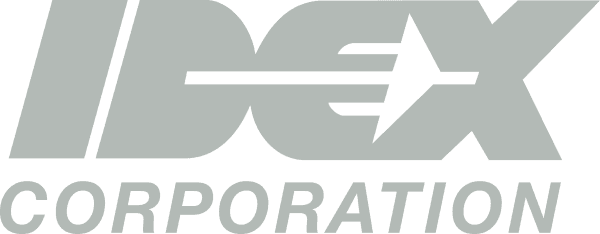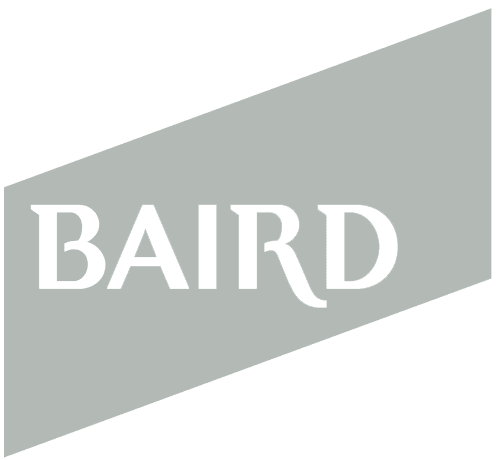“Inflation is like toothpaste. Once it’s out, you can hardly get it back in again.”
– Economist Karl Otto Pohl
As consumers, we’ve all felt the pressure of inflation whether we’re buying a gallon of gasoline or a gallon of milk - which at the time of writing, has close to the same national average price. As leaders, we feel a different type of pressure: to satisfy our clients, our teams, our shareholders, and our suppliers. Inflation is not the job of the finance department to reconcile, we all must act to loosen inflation’s chokehold on profit.
The Price is Right
The name of the inflation game is pricing. Those who kept their price escalator clauses in their terms & conditions from the 1980s dodged a bullet. Those who removed the ability to raise prices at the rate of inflation must get creative (and should enact a price escalator clause moving forward). With costs rising 8-10% per year, it’s time to raise prices and plan for future increases.
Do’s and Don’ts of Price Strategy During Inflation
- Do keep a close eye on material margin percentage. To make informed price increases, you need to separate the impact that material, labor, and manufacturing overhead costs are having on your profitability.
- Do start with the accounts in which you don’t have fixed-price contracts.
- Do raise prices at a higher rate on accounts and products that generate low (or no) profit.
- Do raise prices before costs increase.
- Do evaluate orders that have been sold but not delivered. Don’t assume these are off-limits.
- Do bundle all price increases together. No customer wants to go through death by a thousand cuts.
- Do consider your pricing model. If you’re revisiting your price strategy, it might be time to implement minimum order values, tiered pricing, subscription pricing, or value-based pricing. New pricing models will offset the gut punch of higher input costs.
- Do communicate with customers well in advance (and more than once) that prices will increase and document the justification for them.
- Don’t use surcharges unless you must. Customers view them as temporary and optional. When the invoice doesn’t match the purchase order, it might become an Accounts Receivable nightmare.
- Don’t be afraid to raise prices. If done correctly, you will be able to retain profitable customers. Remember, switching costs are often higher than your price increase for your customers.
- Don’t wait! Your customers generally won’t remember that you raised prices and it will be difficult to implement later, especially if inflation stabilizes or costs decrease.
Don’t Forget About Cost Cutting
There’s an 80/20 to everything. During inflation, businesses often spend 80% of their inflation management effort on raising prices and only 20% of their effort on controlling costs. Companies wouldn’t be in such a pricing crisis if they spent more time controlling internal costs and prices from suppliers.
Do’s and Don’ts of Controlling Costs During Inflation
- Do maintain strategic partnerships with your major suppliers. Your most important vendors provide 80% of your material spend. Take a cue from customer experience and consider their “Supplier Experience.” Currently, suppliers have all the leverage. You’ve got to make them want to partner with you. Find ways to make this a win-win scenario for both you and the supplier.
- Do make sure you match the terms you give to top customers to the terms you have with your top suppliers. For example, if you have fixed price selling contracts with your largest customers, you need fixed-price contracts with your largest suppliers.
- Do consolidate suppliers, increase volumes, and reduce shipments to drive cost decreases.
- Do have programs in place to trigger you when costs start to rise above expectation.
- Do push for consigned and Vendor Managed Inventory.
- Don’t accept price increases from your suppliers (at least try to delay them).
- Do invest in negotiation training for your purchasing department.
- Don’t invest in anything (initiatives, capital, acquisitions, etc) that won’t generate immediate and long-term results. It’s not the time for high-risk investment.
Go Forth and Simplify
Warren Buffett said that the best thing a person can do to protect against inflation is to invest in oneself. “If you’re the best teacher, if you’re the best surgeon, if you’re the best lawyer, you will get your share of the national economic pie regardless of the value of whatever the currency may be,” he said. He added, “the second-best protection is a wonderful business.”
80/20 companies are better positioned to withstand inflation. They have simplified and streamlined their products and processes. They have strategic pricing measures in place. They understand where their profit is derived and how to protect it.
The 1-2 punch of supply chain disruption and inflation has forced many companies to simplify whether they want to or not. An 80/20 strategy is proactive simplification that focuses a company’s efforts on the most important customers, products, processes, employees, and core competencies. Instead of “reactionary” simplification, we encourage leaders to employ an 80/20 philosophy before the next disruptive event. Analyze your business, identify the best products and customers, and prioritize them. In doing so, you’ll be better prepared when (not if) the next downturn occurs.
 Ask a question
Ask a question















